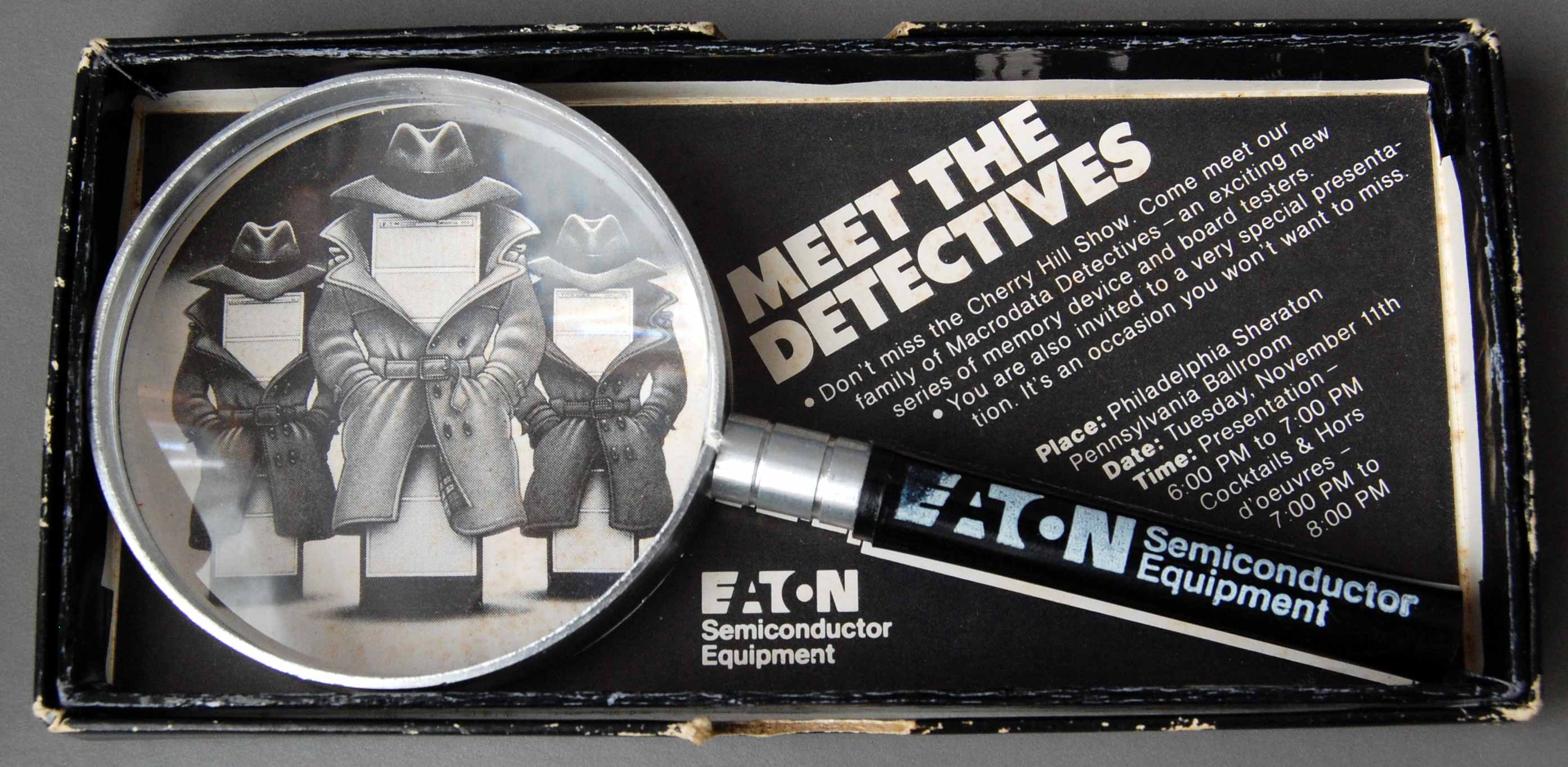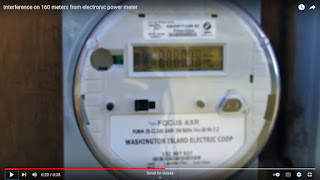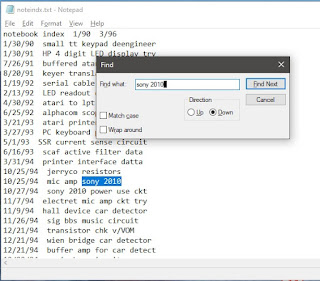No squiggly roof on the Nike site

I was searching on Facepalm for pictures of the Nike site that was across the street from where I went to first grade in 1961/1962 (Indian Hill School, River Hills, WI), didn't find any this time. Here is a picture I found online a while back, the Nike site outlined in red (the missiles hidden behind earthen berms were on the right, the radar was on the left), the school I went to is at the bottom right: the Nike sites on Brown Deer road, River Hills WI Here is a larger aerial picture of the school I found on Ebay, note the driveway shape: Indian Hill School, Brown Deer road, River Hills WI 1960 I understand that in the 1960s three batteries of Nike Hercules missiles were based at the River Hills site. The Nike Hercules had atomic bomb payloads used to bring down enemy planes coming south over the pole. And those missiles were across the street (OK almost a highway, Brown Deer road in River Hills WI) from a little school with kindergarteners and first graders, ...


.jpg)











